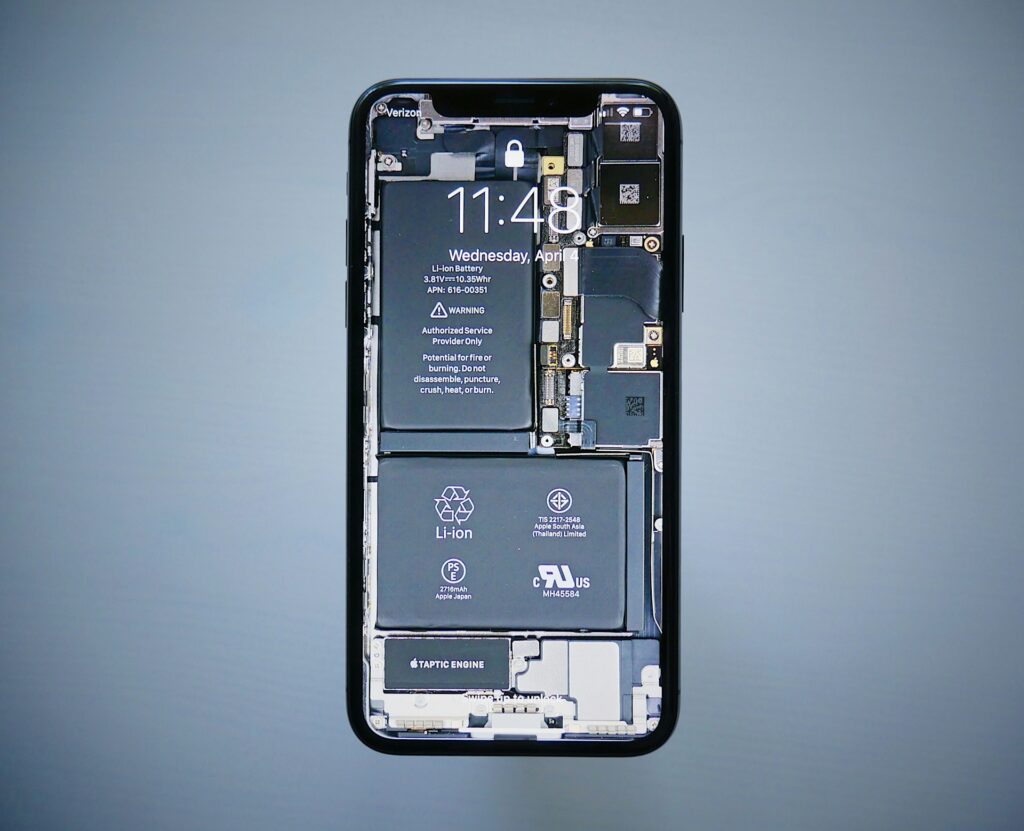In 2025, counterfeit smartphones have become increasingly sophisticated, making it more challenging for consumers to distinguish between genuine and fake devices. These counterfeit phones not only offer subpar performance but also pose significant security risks, including pre-installed malware like Triada, which can compromise personal data and financial information . This comprehensive guide aims to equip you with the knowledge to identify fake smartphones and make informed purchasing decisions.
1. Examine the Physical Build
Counterfeit smartphones often exhibit noticeable differences in their physical construction compared to genuine devices.
- Weight Discrepancies: Fake phones may feel lighter due to the use of inferior materials.
- Build Quality: Look for uneven gaps, misaligned buttons, or rough edges.
- Logo and Branding: Check for misspellings or off-center logos, which are common in counterfeit products .
2. Inspect the Display and Screen Quality
The screen is a telltale sign of a phone’s authenticity.
- Resolution and Brightness: Counterfeit phones often have lower resolution and dimmer screens.
- Touch Responsiveness: Laggy or unresponsive touchscreens are common in fake devices.
- Color Accuracy: Colors may appear washed out or overly saturated.
3. Verify the Operating System and User Interface
Authentic smartphones run official operating systems with specific user interfaces.
- Operating System: Fake Android phones may run outdated or modified versions of Android.
- User Interface: Look for inconsistencies in the UI, such as incorrect icons or missing features.
- Pre-installed Apps: Unusual or suspicious apps may indicate a counterfeit device .
4. Check the IMEI Number
The International Mobile Equipment Identity (IMEI) number is unique to each device.
- How to Find It: Dial *#06# to display the IMEI on the screen.
- Verification: Use online tools like imeicheck.net to confirm the IMEI matches the device’s specifications .
- Physical Check: Ensure the IMEI on the device matches the one on the packaging and documentation.
5. Assess Performance and Hardware Specifications
Counterfeit phones often underperform due to substandard hardware.
- Processing Speed: Fake devices may lag or freeze during basic operations.
- Camera Quality: Images may be grainy or lack detail, even if the camera specs seem impressive.
- Battery Life: Short battery life can be a sign of inferior components.
6. Evaluate Connectivity Features
Authentic smartphones support a range of connectivity options.
- Network Compatibility: Ensure the device supports the correct bands for your region.
- Wi-Fi and Bluetooth: Test these features to confirm they work properly.
- NFC and GPS: The absence or malfunction of these features may indicate a counterfeit .
7. Be Wary of Unbelievable Deals
If a deal seems too good to be true, it probably is.
- Pricing: Significantly lower prices compared to official retailers can be a red flag.
- Seller Reputation: Purchase from authorized dealers or reputable sources.
- Return Policy: Ensure there’s a clear return or warranty policy in place.
8. Inspect Packaging and Accessories
Genuine smartphones come with high-quality packaging and accessories.
- Box Quality: Look for clear printing, proper seals, and correct branding.
- Included Accessories: Check for all standard accessories, such as chargers and earphones, and ensure they are of good quality.
- Documentation: Verify the presence of user manuals and warranty cards.
9. Use Official Verification Tools
Manufacturers often provide tools to verify device authenticity.NSYS Group
- Samsung: Use the Samsung Members app to check device status.
- Apple: Enter the serial number on Apple’s official website to verify warranty and support coverage.
- Other Brands: Consult the manufacturer’s website for verification tools or contact customer support.
10. Be Aware of Pre-installed Malware
Counterfeit phones may come with malicious software.
- Triada Malware: This malware can steal personal information and is often found on fake Android devices .
- Unusual Behavior: Unexpected ads, app crashes, or rapid battery drain can indicate malware presence.
- Security Checks: Use reputable antivirus apps to scan for threats.
Additional Tips to Avoid Buying a Fake Smartphone
Even after checking physical and software characteristics, there are a few more proactive steps you can take to avoid ending up with a counterfeit device. These practical suggestions will help you shop smarter, both online and in person.
11. Buy Only from Authorized Retailers or Verified Online Sellers
The most effective way to avoid fakes is by sticking with trusted sources.
- Authorized Stores: Buy directly from the brand’s website or official retail outlets.
- Online Marketplaces: Look for “fulfilled by” or “sold by” the brand or verified vendors on platforms like Amazon or Lazada.
- Avoid Grey Market Devices: These might be real but often lack official support or may be tampered with.
12. Use a Phone Checker App
There are several apps on the Play Store and App Store that help you verify if your phone is genuine by scanning the hardware and software configuration.
- Examples: Phone INFO+ (Samsung only), CPU-Z, and DevCheck.
- These apps reveal chipset info, screen resolution, camera specs, and more — helping you confirm if what you see matches the phone’s marketed specifications.
13. Understand the Real-World Risks of Fake Smartphones
Beyond performance, fake phones can put your personal safety and data at risk.
- Security Risks: Preloaded spyware, trojans, or keyloggers may record everything from login credentials to financial data.
- Performance Limitations: Apps may crash, updates may never come, and essential features like emergency calls may fail in critical moments.
- No Warranty or Support: You’ll likely have no recourse if your device breaks or malfunctions.
14. Compare Your Phone with an Official Model In-Person
If you’re unsure, head to a local store that carries the model and compare your phone side by side.
- Camera Interface: Real phones typically have smoother, brand-specific UI (e.g., Apple’s camera app is vastly different from a generic Android version).
- Fingerprint Sensor Speed: Fake phones often have slow or non-functioning biometric sensors.
- Face Unlock Accuracy: In fakes, face unlock may be purely visual, without secure 3D recognition.
15. Know Common Fake Brands and Models
Some counterfeiters imitate high-end phones like:
- Samsung Galaxy S series
- iPhones (especially Pro models)
- Huawei and Xiaomi flagships
But lately, even budget models are being faked due to their growing demand. Stay alert with lesser-known brands and new releases, especially if they’ve just launched.
Final Thoughts
Spotting a fake smartphone in 2025 requires more than a quick glance — it calls for a multi-faceted approach that involves physical inspection, software validation, IMEI verification, and smart shopping habits. As counterfeiters evolve, so should your awareness.
Whether you’re buying new or used, always:
- Check the IMEI number
- Use phone diagnostic apps
- Buy from trusted vendors
- Watch out for suspicious pricing
- Know your device specs beforehand
Remember: if a deal sounds too good to be true, it probably is. Invest in genuine smartphones to ensure long-term reliability, security, and support.



